Once you’ve bought your solar panels, your next move should be to acquire batteries. Getting batteries will help you store all the solar energy harnessed by your panels. As a result, you will have power backup even when there is an outage should your system be tied to a grid.
You can even use a 12V battery for your RV or cabin. You may be wondering what size solar panel to charge a 12v battery. To answer this and get the best panels for your battery, we’ll start from the top.
Your Guide to Knowing What Size Solar Panel To Charge 12v Battery
When referring to the solar panel size, the volts, watts, and surface area are the factors to consider.
You can use the surface area size to decide the number of solar panels you can install in a place. Consider these factors when deciding the solar panel size needed for a 12v battery:
- The number of amp-hours (Ah) required to charge fully (usually indicated on the product)
- The number of volts
The logic behind deep cycle batteries
If you’re off the grid or have a battery backup for your panels, use deep cycle batteries. The only similarity between deep cycle batteries and your car batteries is the shape. Unlike car batteries, which provide energy for a short time, deep cycle ones keep discharging energy repeatedly.
The beauty of deep cycle batteries is that you can use up to 80% capacity without severe damage. For instance, if a battery is rated 100 amp hours, you should only use 80 amp-hours. But, manufacturers advise against going below 45% if you want longer shelf life. Due to these features, deep cycle batteries are the best for solar systems.
The battery-charging process
Because batteries are the reservoir of the solar energy your panels absorb, the higher their capacity, the better. Apart from your panels, you require a solar charge controller and an inverter to set up your solar system.
The advantage of having batteries as part of your solar system is that you can store any excess. Only when your batteries are full will the electricity be sent back to the grid.
Connect your solar panel to a charge controller. Its work is to moderate the amount of energy stored in your batteries, preventing overcharging. In essence, charge controllers keep batteries in check, and should they become too depleted, it stops the system.
You must be wondering what an inverter does. It’s connected to a battery to convert DC energy from the panels to AC energy.
More about volts
Volts are a measure of your battery’s potential. If you get a high voltage battery, it means more electric current is flowing in the circuit.
What about amp-hours?
You can use this rating to tell how much current a battery is providing per hour. Manufacturers rate every deep cycle battery in terms of amp-hours. Usually, manufacturers display it on the battery or as part of the sales information. For example, if you have a 100Ah battery, it can produce 20 amps for five hours or five amps for 20 hours.
Therefore, how many amps should you expect from a 100-watt panel? On average, a 100W panel can produce six amp hours.
For instance, if you have a 12v battery for which you need to replace 100Ah of charge and you have six hours of sunlight daily, you’ll need:
100Ah x 12v = 1200Wh
1200Wh / 6 hours of sunlight = 200W
Therefore, you need to buy solar panels that produce over 200 watts.
So, what if you want to charge a 200Ah battery? It means you will need three solar panels, every 100 watts. Alternatively, you could get one 300-watt panel.
Why do you need a more extensive panel? For instance, in the 200Ah case, only 80% of your battery can be put to use, meaning you have 160Ah over two days or 80Ah daily.
If a 100-watt solar panel gives you 30Ah for five hours in a day, it means you need no less than three panels to power up your utilities.
When will my battery be okay to use again?
The time it takes to recharge depends on how drained your battery is. A battery that is drained can take between five and eight hours to charge fully. The other factors to consider when charging are the type of battery and the weather. Say you need to replace 100Ah, and you’re using 300-watt panels.
Then calculate as follows:
300W/12V = 25A
And you need to replace 40Ah, therefore:
100Ah/25A = 4 hours
Roughly you can leave your battery to charge for 4 hours.
If you want to charge a 200Ah battery in 4 hours, you need 600 watts to charge a 300Ah battery. So, shop for a 600W panel or buy six 100W ones.
What are the conditions to recharge a battery?
The average operating temperature of most batteries is between 72°F and 77°F.
What’s more, for every 20°F drop below 80°F, batteries lose 10% of their capacity. Once the temperature goes below 80°F, there is temporary resistance and the capacity drops. Besides, charge acceptance also goes down.
Is the type of battery a necessary consideration?
Absolutely. How your solar system works is majorly determined by the type of batteries.
The main types of deep cycle batteries are flooded lead-acid, lithium iron phosphate, and sealed lead-acid batteries. Each of these batteries is different from the others in terms of cost, capacity, voltage, and lifecycle.
Firstly, the capacity is essential because you need to know how much energy a battery can store. For that reason, when you’re shopping for batteries, you have to consider the number of appliances you want to power and for how long.
Secondly, the cycle life gives you insights into how many charges and discharges can be done before your battery gives out.
|
Lead Acid |
Li-ion |
NiCd |
NiMH |
|
|
Specific Energy Density (Wh/kg) |
30-50 |
100-190 |
45-80 |
60-120 |
|
Life Cycle (80% capacity) |
200-300 |
500-1000 |
1000-1500 |
300-500 |
|
Overcharge Tolerance |
High |
very low |
Moderate |
Low |
|
Self-discharge / Month(room temp) |
5% |
<10% |
20% |
30% |
|
Charge Temperature |
-20 to 50°C |
0 to 45°C |
0 to 45°C |
0 to 45°C |
|
Discharge Temperature |
-20 to 50°C |
-20 to 60°C |
20 to 65°C |
20 to 65°C |
|
Maintenance Requirement |
3-6 Months |
not required |
30 to 60 days |
60 to 90 days |
|
Toxicity |
Very High |
Low |
Very High |
Low |
Flooded lead-acid batteries vs. lithium batteries
When it comes to efficiency, lithium iron phosphate batteries are superior。 Additionally, they charge faster than flooded lead-acid batteries.
Why? Lithium batteries can handle higher currents. On the other hand, lead-acid batteries, which can’t handle high amperage, are likely to overheat if you charge them too quickly. Worse still, the speed at which lead-acid batteries charge drops as they get to full capacity.
Some details on a battery bank
Your energy usage, typically measured in kilowatt-hours, will determine the battery size you need. For instance, if you have a 200W (0.2kW) TV and use it for 3 hours a day, the TV’s energy usage is 0.6kWh.
To determine your power needs, get a list of all the items you run. The product should have wattage information, amps, and volts. Also, note down the average running time per device. These calculations will help you determine your solar needs.
Connecting your panel to the battery
First, you connect the panel to a charge controller. Then, connect the regulator to a battery. You probably have no idea how to do this. Fret not. Panels and regulators come with instructions on how to install them. As long as you remember the first step mentioned above, follow the manufacturer’s step-by-step guide.
The direction of your solar panel
In an ideal situation, your panel should face direct sunlight. A 45-degree angle works just fine when setting up the panel.
Remember, solar panels can still charge even without direct sunlight, making the most of the available light.
Off-grid charging
For off-grid charging using a 12V battery, you can choose foldable, fixed, or flexible panels.
Foldable Solar Panel
How big the panel should depend on your needs. The big ones have ratings of up to 80 watts. These panels come with a solar controller to charge one 12v battery.
If you choose the small ones, you can’t charge a 12v battery. Why? These panels have only six to 30 watts.
Fixed Solar Panel
As its name suggests, these panels can’t be bent. If you have an RV, these are the best to use or on any other flat surface.
You can charge a 12v battery with a 100-watt fixed panel. A solar controller is also needed for these panels to protect the battery. More about 100-watt solar panels.
Flexible Solar Panel
These panels can go all the way to a 30-degree curve, making them excellent for uneven surfaces.
The advantage of these panels is that they can charge a 12v battery because most are 100 watts. Further, they are also super easy to set up.
Summary
It can be confusing trying to figure out what size solar panel to charge a 12v battery. But with this guide, you know deep cycle batteries are better.
You also understand batteries store the energy absorbed by a solar panel. Therefore, checking their capacity is crucial. To charge a 200-ah battery, you need a 300-watt solar panel or three panels, each 100w.

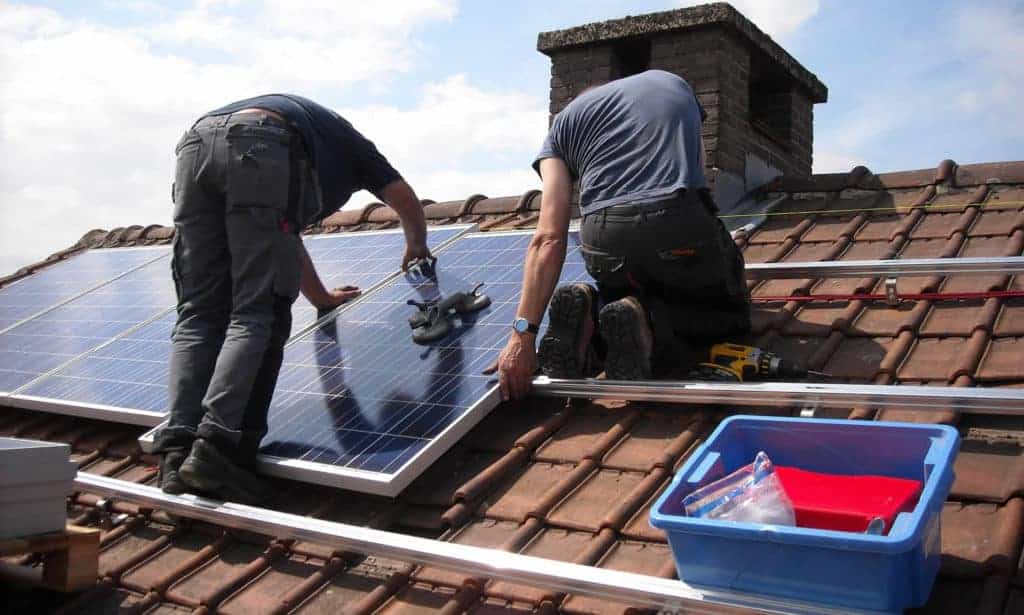
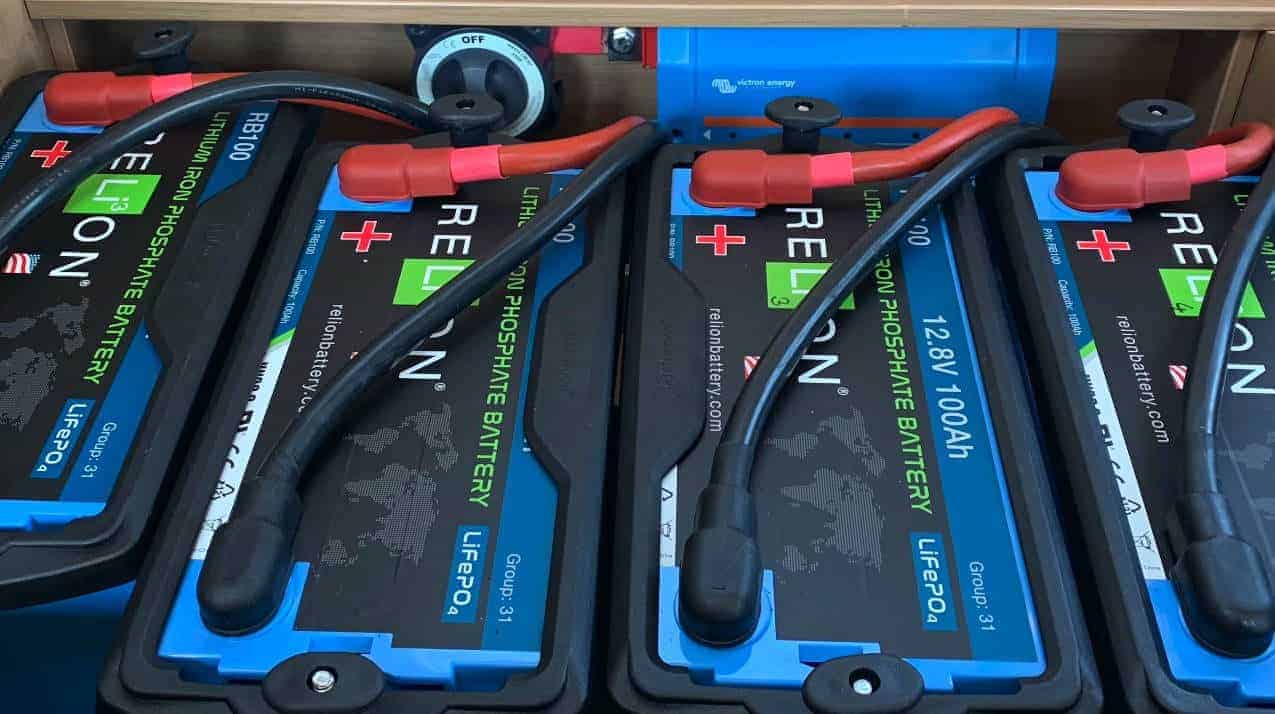
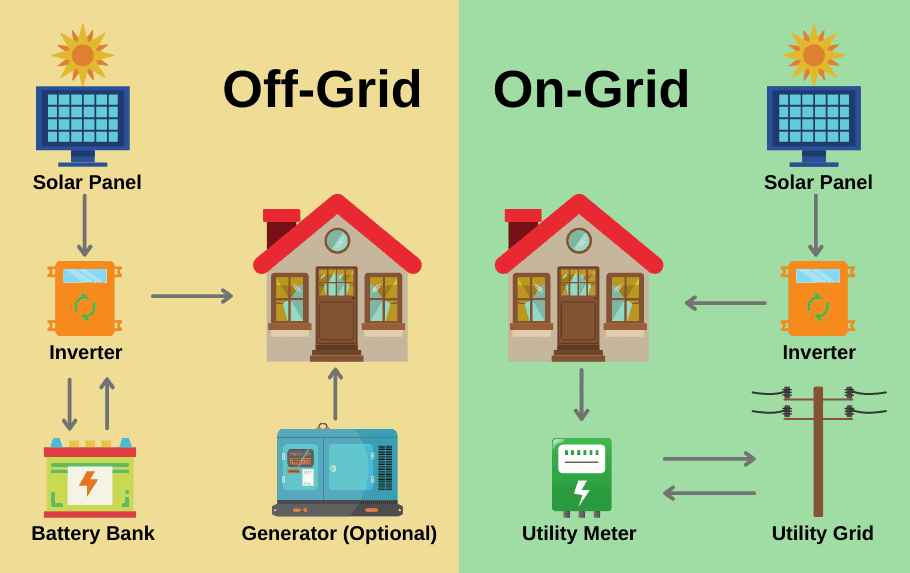
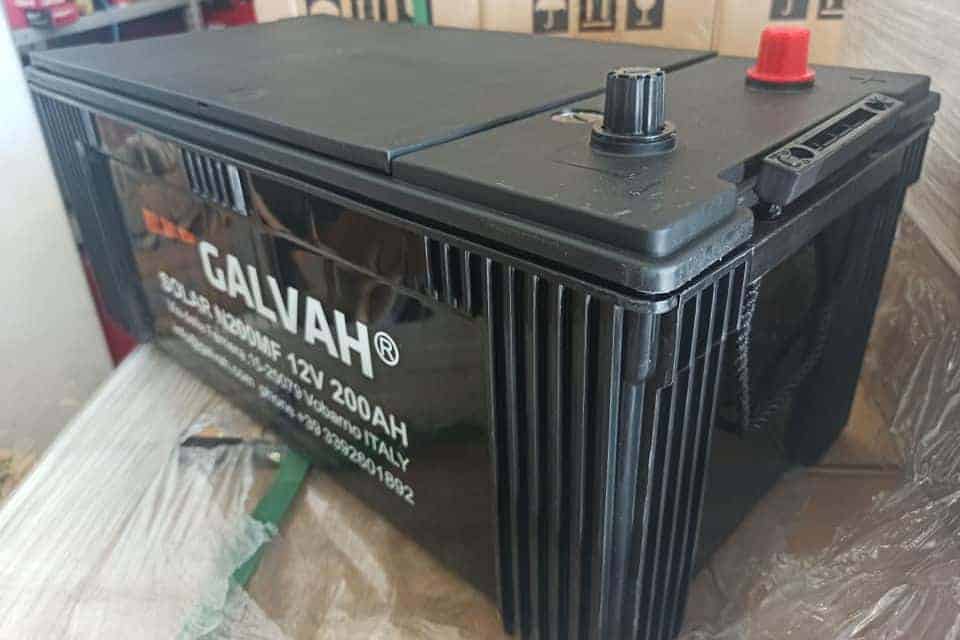
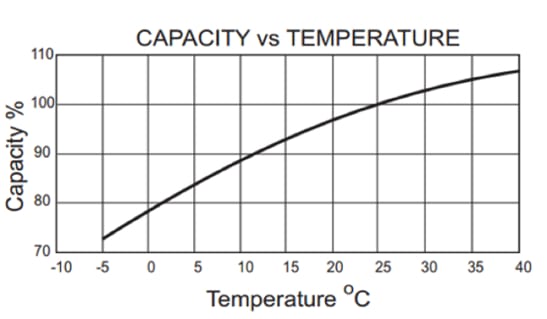
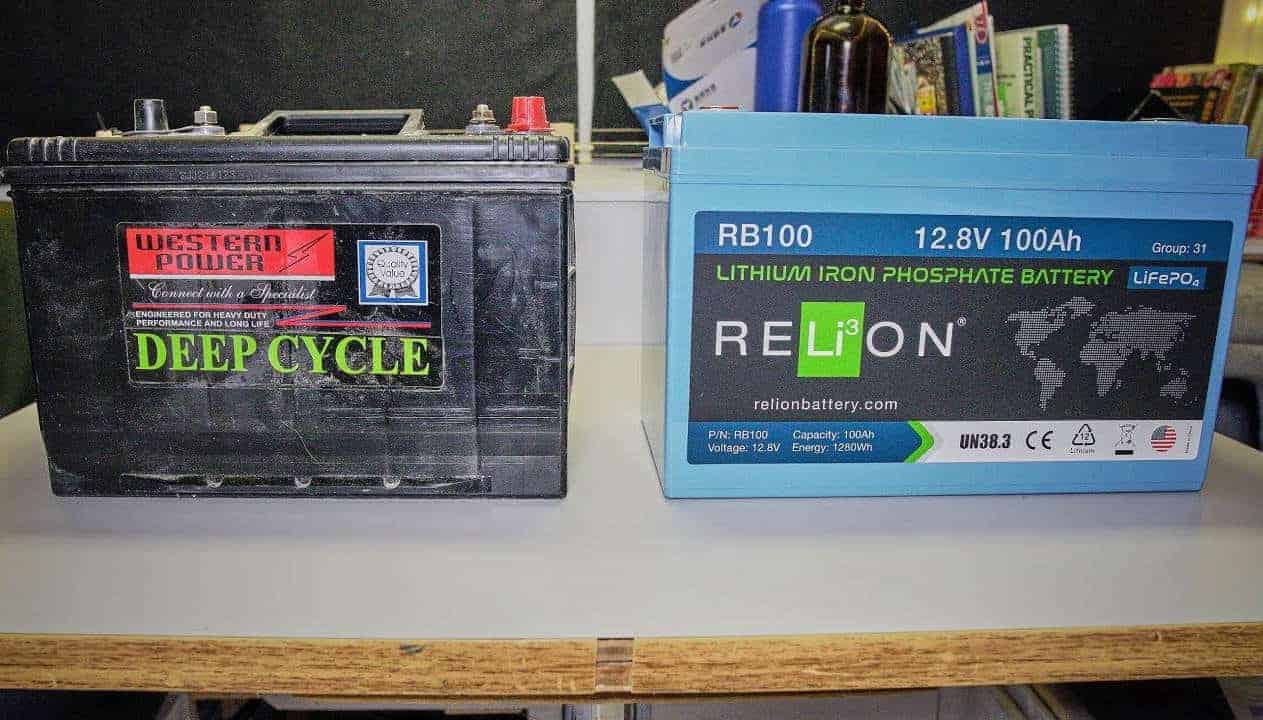
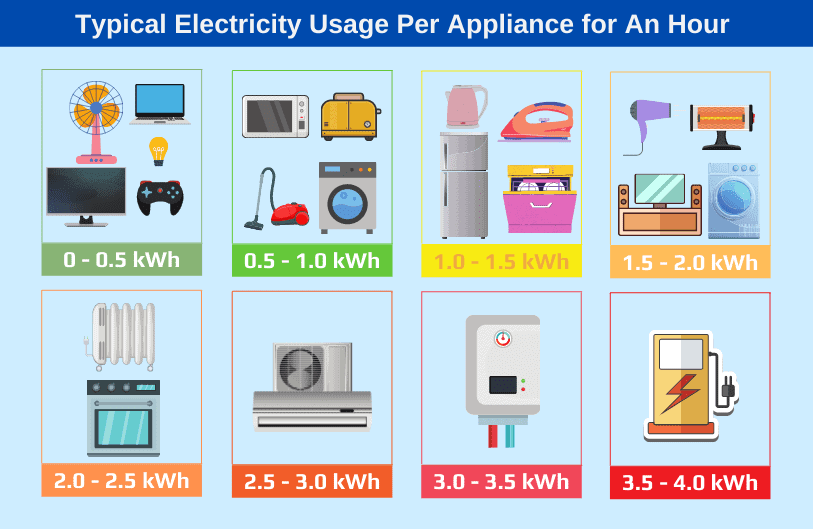
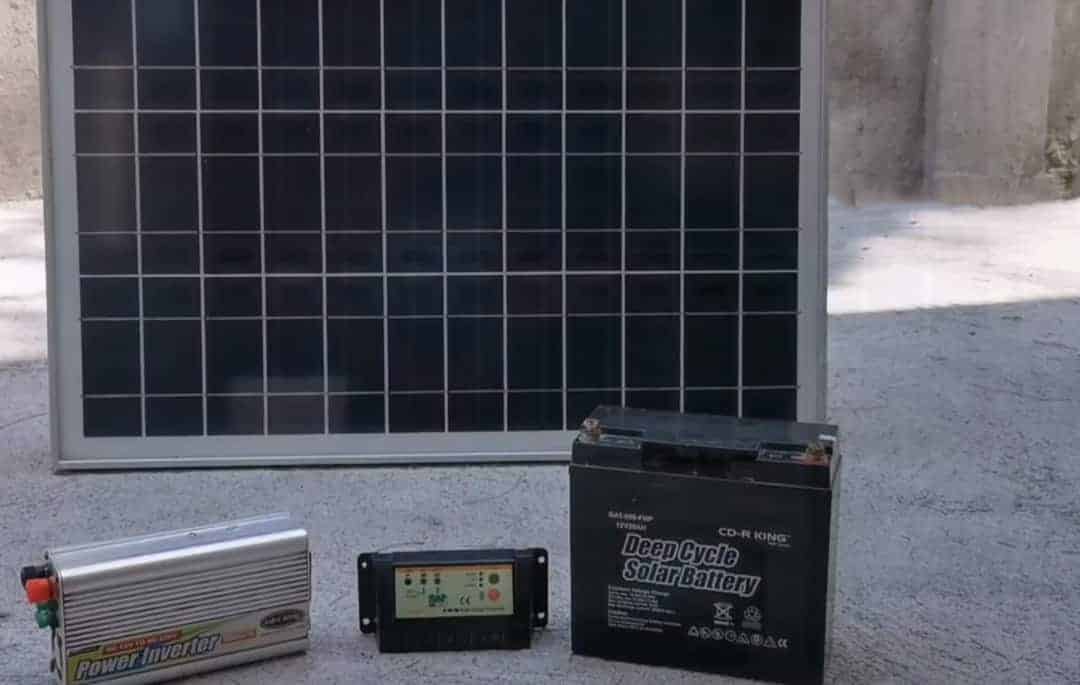
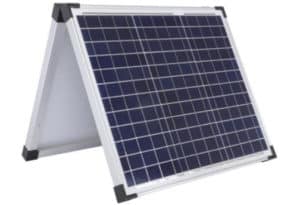
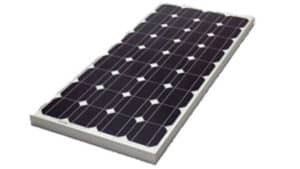
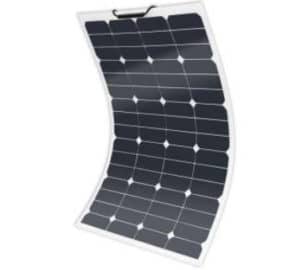
80. Watts panel Wat size of battery